Off Ireland’s rugged coastline, scattered islands preserve the Irish language in its most authentic form, where ancient words for wind, sea, and stone continue to shape daily conversation. These isolated communities maintained Gaelic as their primary language through centuries of political pressure and cultural change, creating linguistic refuges where traditional expressions survive alongside modern life. The rhythm of island speech reflects the cadence of waves and weather, with vocabulary that captures nuances of coastal existence impossible to translate into English.
Here is a list of 20 Irish islands where Gaelic remains a living language, spoken naturally by residents who carry forward Ireland’s oldest linguistic traditions.
Inis Mór (Inishmore)
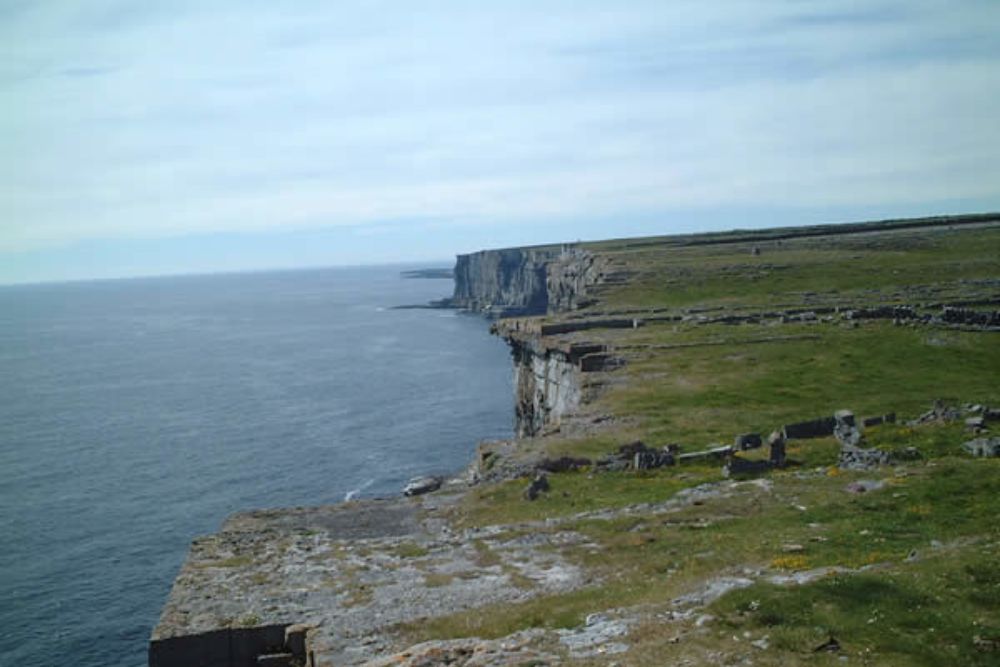
The largest of the Aran Islands, Inis Mór maintains Gaelic as the dominant language in daily conversation, from market transactions to pub discussions that stretch late into the evening. The island’s 800 residents switch effortlessly between Irish and English depending on context, though traditional stories and songs emerge naturally in Gaelic during community gatherings. Local schoolchildren receive their education primarily through Irish, creating new generations who think and dream in the language of their ancestors.
The island’s limestone landscape has generated specific Gaelic vocabulary for describing different types of stone walls and field boundaries—words that have no direct English equivalents yet remain essential for communicating about local geography.
Inis Meáin (Inishmaan)
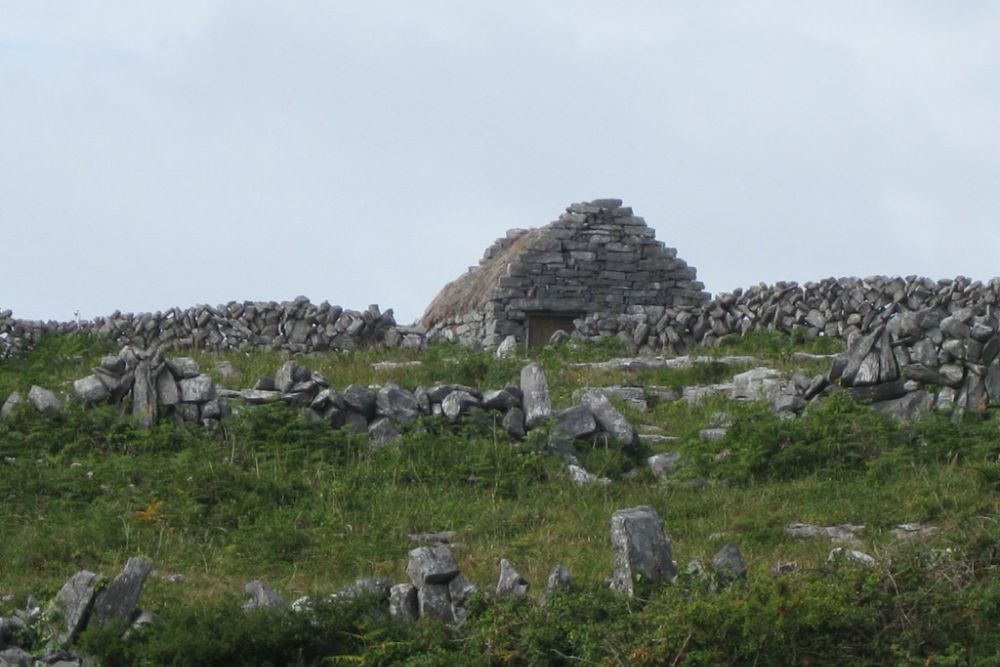
The middle Aran Island preserves perhaps the purest form of traditional Irish Gaelic, spoken by residents whose families have lived here for over twenty generations without interruption. The island’s isolation has protected dialectical features that disappeared from mainland Irish centuries ago, making conversations here sound like linguistic time travel for Gaelic scholars.
Local fishermen use traditional Irish terms for weather patterns and sea conditions that prove more precise than English equivalents, with vocabulary that distinguishes between dozens of different wind types and wave formations. The island’s sweater knitters employ Gaelic pattern names passed down through families, with each design carrying stories and meanings expressed only in the Irish language.
Like Travel Pug’s content? Follow us on MSN.
Inis Oírr (Inisheer)

The smallest Aran Island maintains Gaelic through community events where traditional music and storytelling create natural contexts for language preservation. The island’s 250 residents use Irish for intimate conversations while reserving English primarily for interactions with tourists and outside officials.
Children here learn traditional games with Gaelic rules and songs, creating playful environments where language transmission happens naturally rather than through formal instruction. The island’s unique microclimate has produced specific Irish vocabulary for describing local weather phenomena, including terms for the particular type of mist that forms when Atlantic swells meet the island’s eastern shore.
Oileán Chléire (Clear Island)
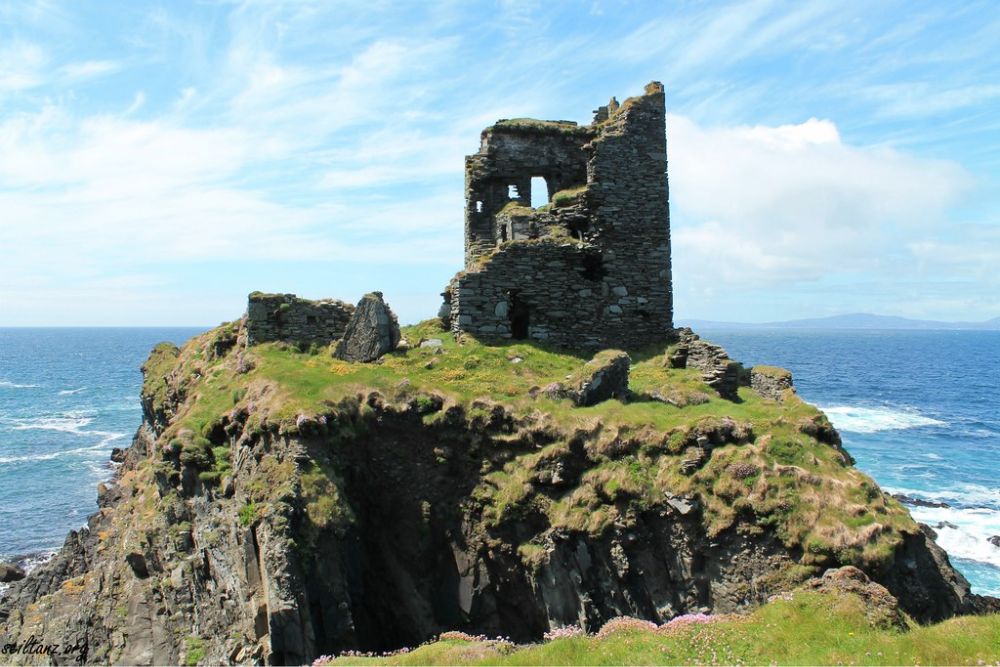
Ireland’s southernmost inhabited island serves as a Gaeltacht community where traditional Irish storytelling traditions continue in their original language, with local seanchaí (storytellers) who can recite epic tales entirely in Gaelic. The island’s bird observatory attracts international researchers who often learn basic Irish from residents during extended stays, creating unique situations where scientific discussions incorporate traditional Gaelic bird names.
Local children attend Gaelscoil education entirely through Irish, developing fluency that extends to subjects like mathematics and science normally taught in English elsewhere. The island’s maritime culture preserves traditional Irish fishing terminology that describes techniques and equipment using words that predate English influence in coastal communities.
Oileán Árann (Arranmore)
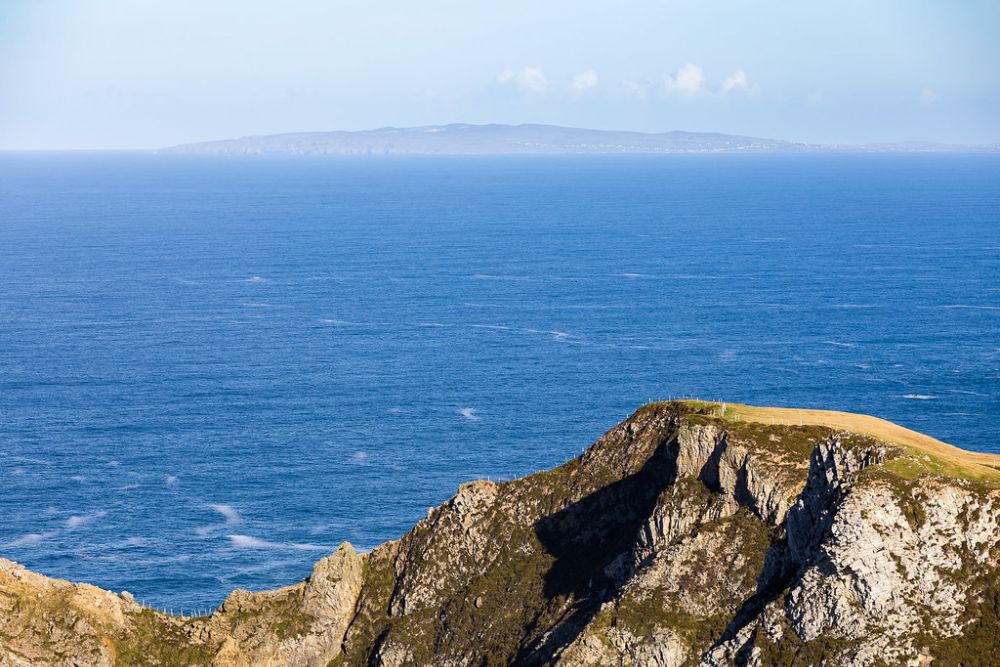
Off the Donegal coast, Arranmore Island maintains vibrant Gaelic communities where traditional Irish music sessions happen spontaneously in homes and pubs throughout winter months. The island’s 500 residents use Irish for community meetings and local governance, conducting official business in their ancestral language while maintaining English for broader communications.
Local craftspeople employ traditional Gaelic terminology for tools and techniques, passing down specialized vocabulary along with practical skills to younger generations. The island’s fishing industry operates with traditional Irish boat commands and navigation terms that reflect centuries of experience in these particular waters.
Like Travel Pug’s content? Follow us on MSN.
Tory Island

Ireland’s most remote inhabited island, Tory, maintains Gaelic as the primary language for daily life among residents who take pride in their linguistic independence from mainland trends. The island’s unique artistic traditions, including primitive painting and traditional crafts, are discussed and taught entirely in Irish, creating cultural contexts where language and creativity reinforce each other.
Local children grow up bilingual but use Irish for emotional expression and intimate family communication, demonstrating how language choice reflects relationship depth and cultural identity. The island’s isolation has preserved archaic Gaelic grammatical forms that mainland speakers often find difficult to understand, making Tory Irish almost a distinct dialect.
Inishbofin
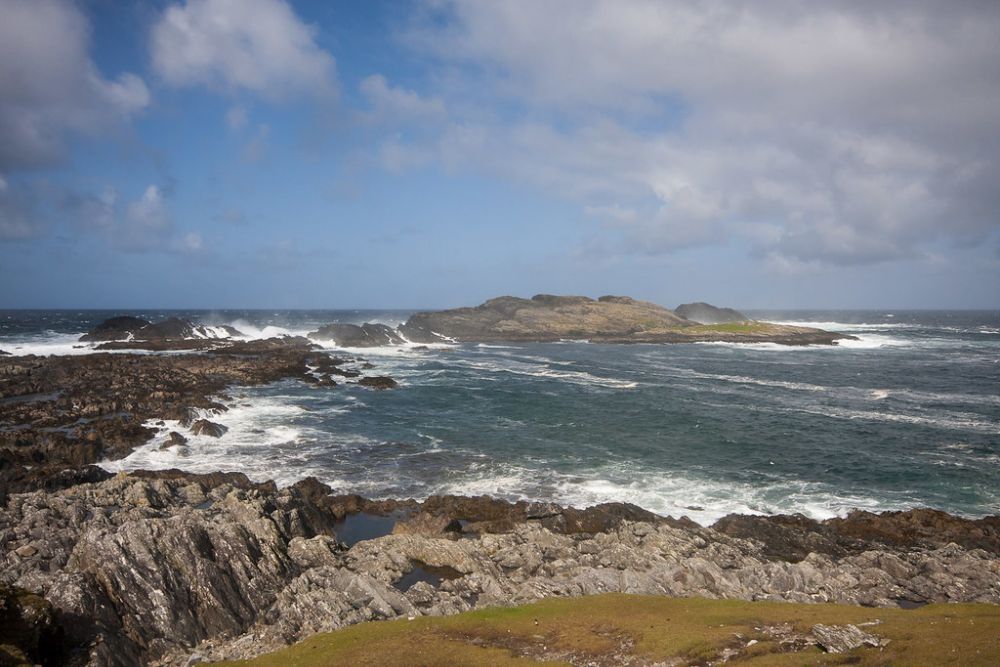
Located off the Galway coast, Inishbofin combines traditional Gaelic-speaking farming families with newer residents who have chosen to learn Irish as part of their island integration. The island’s community center hosts Irish language classes where traditional speakers teach newcomers, creating intergenerational language exchange that strengthens rather than threatens traditional usage.
Local musicians use Irish titles for traditional tunes and often explain song meanings in Gaelic during performances, maintaining cultural contexts that give depth to musical traditions. The island’s archaeological sites are discussed in Irish using traditional place names that preserve historical knowledge unavailable in English translations.
Omey Island
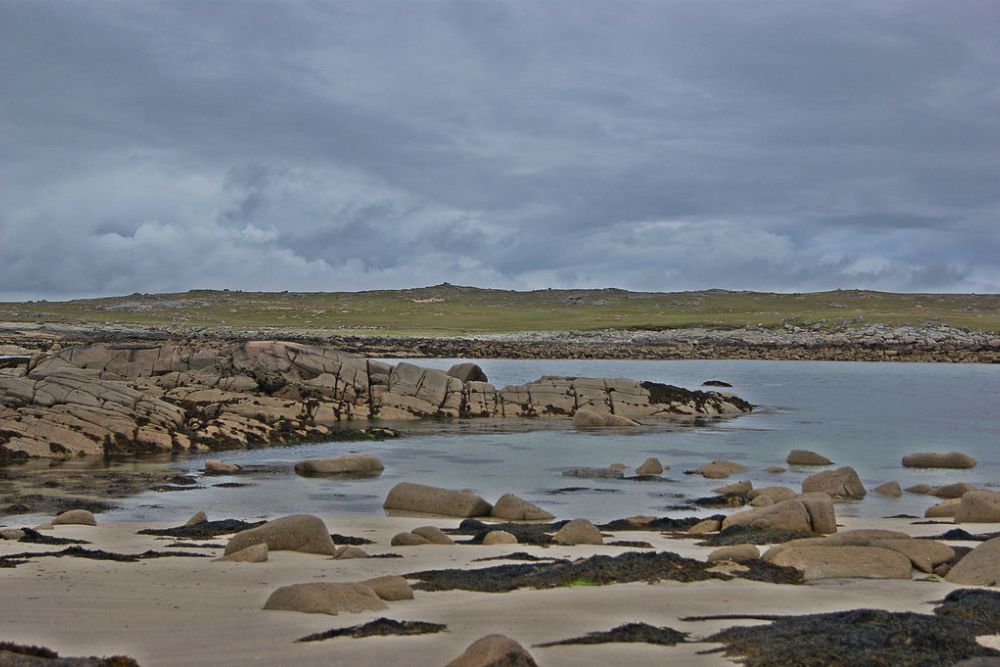
Accessible only at low tide across Omey Strand, this tidal island maintains Gaelic through seasonal residents who return each summer to family homes where Irish remains the language of childhood memories and family stories. The island’s unique accessibility creates natural language immersion periods when residents are cut off from mainland English influences for hours at a time.
Traditional farming practices continue here with Irish terminology for managing livestock on tidal lands, including specific words for different types of seaweed used as fertilizer. The island’s isolation during high tide creates intimate community settings where traditional Irish songs and stories emerge naturally during long winter evenings.
Like Travel Pug’s content? Follow us on MSN.
Inishturk
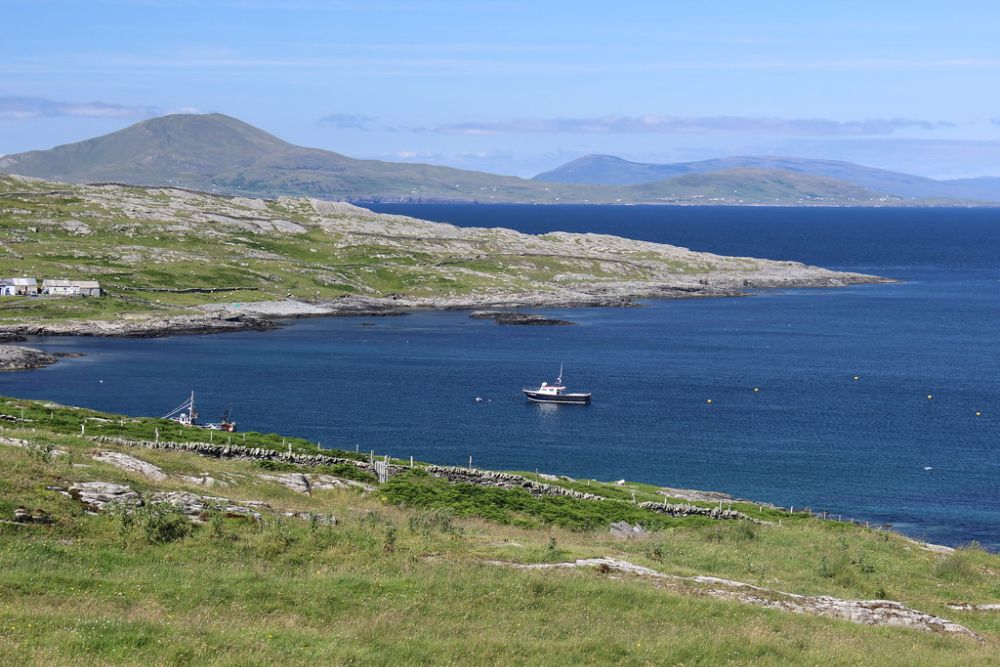
This Mayo island preserves Gaelic through traditional fishing families whose knowledge of local waters is expressed in Irish terminology that captures subtleties of current, weather, and seasonal change invisible to English speakers. The island’s 50 permanent residents use Irish for discussing family histories and local events, maintaining oral traditions that connect current residents with ancestors who lived here before English became widespread.
Local children learn traditional Irish counting songs and games, absorbing mathematical concepts and cultural knowledge simultaneously through their ancestral language. The island’s sheep farming employs Gaelic commands and terminology that reflect centuries of experience managing livestock in Atlantic island conditions.
Inishark
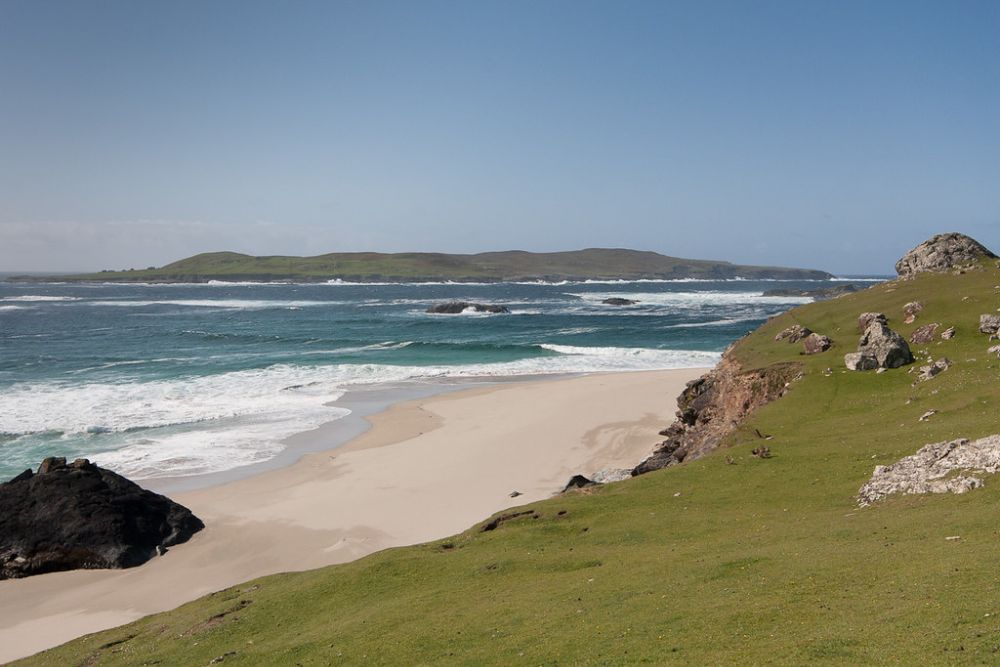
Though no longer permanently inhabited, Inishark maintains its Gaelic heritage through former residents who return seasonally and continue to use Irish when discussing island memories and traditional knowledge. The abandoned village sites retain their original Irish place names, preserving linguistic geography that reflects how Gaelic speakers understood and organized their landscape.
Visitors often encounter former residents who can explain island history entirely in Irish, sharing stories and knowledge that exist only in the traditional language. The island’s evacuation in 1960 created a unique situation where Gaelic remains frozen in time, preserved in the memories of people who lived their childhood entirely through Irish.
Inishbiggle

Connected to the mainland by a causeway, Inishbiggle maintains Gaelic through farming families who use Irish for discussing agricultural cycles and weather patterns specific to this coastal environment. The island’s traditional fishing industry preserves Irish terminology for different types of nets and fishing techniques adapted to local conditions.
Residents often code-switch between Irish and English within single conversations, demonstrating how bilingual communities use language choice to express different types of information and relationships. The island’s isolation creates natural boundaries where Irish conversation continues without outside interference, particularly during winter months when tourism decreases.
Like Travel Pug’s content? Follow us on MSN.
Caher Island
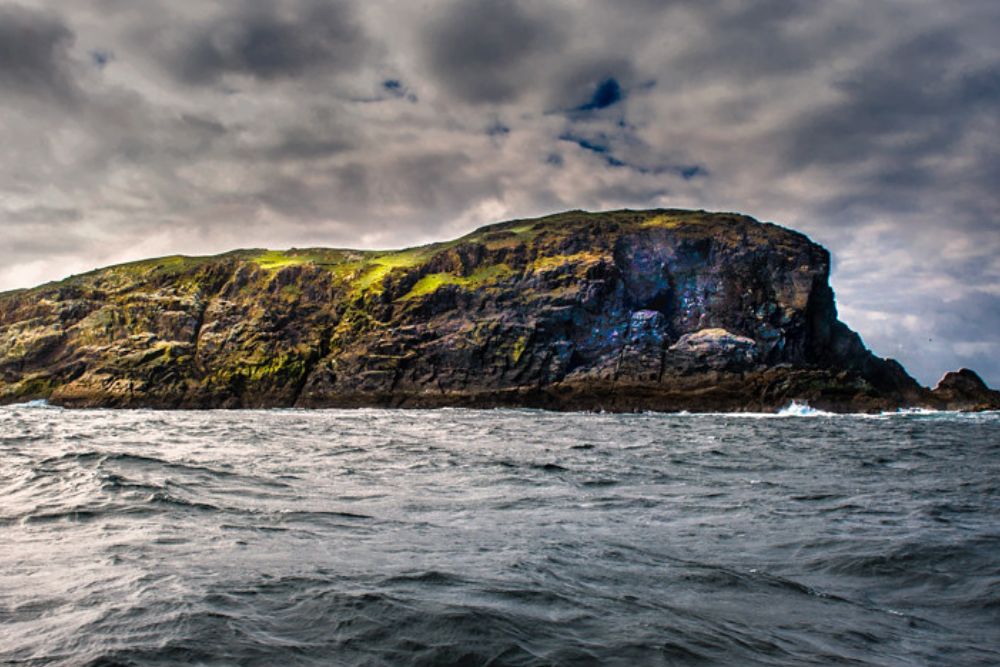
This uninhabited island off the Mayo coast preserves its Gaelic heritage through local boatmen who use traditional Irish names for landing places and navigation points around its coastline. The island’s early Christian sites are discussed by local guides using Irish place names that preserve historical knowledge about monastic traditions and archaeological significance.
Traditional stories about the island’s saints and historical events are told in Gaelic, maintaining oral traditions that connect contemporary communities with ancient spiritual practices. The island’s bird colonies are identified using traditional Irish names that reflect local knowledge about seasonal patterns and ecological relationships.
High Island
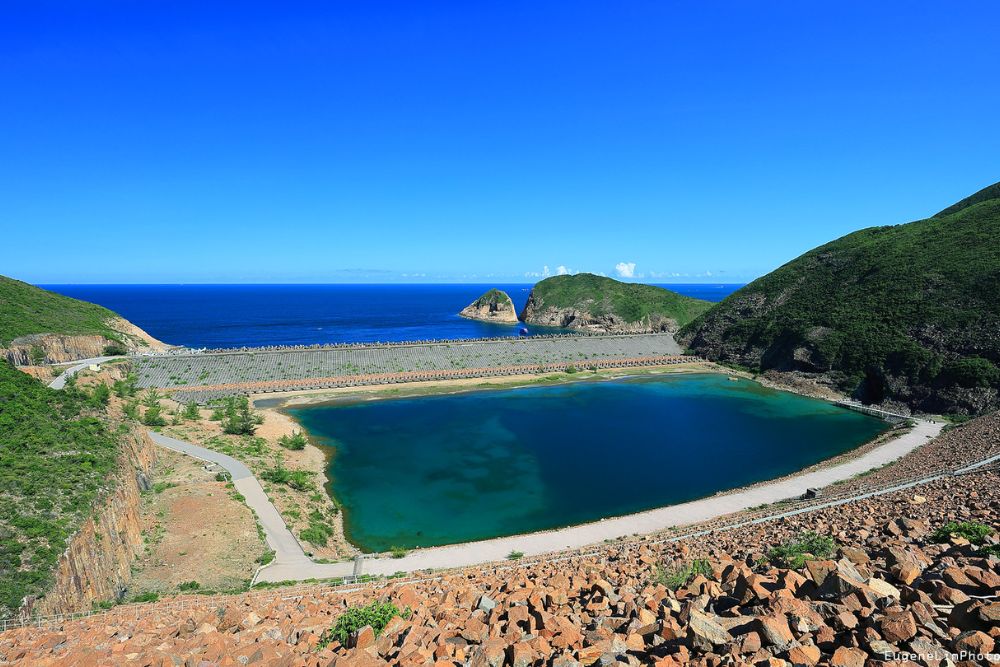
Located off the Galway coast, High Island maintains its Gaelic identity through local fishermen who use traditional Irish names for the underwater features and fishing grounds that surround it. The island’s monastery ruins are discussed in Irish using traditional terminology for different types of stone structures and architectural features. Local boat pilots employ
Gaelic navigation terms when approaching the island’s dangerous coastline, using vocabulary that reflects generations of experience in these treacherous waters. The island’s isolation creates natural language preservation conditions where Irish terms for weather and sea conditions remain more precise and useful than English alternatives.
Mutton Island
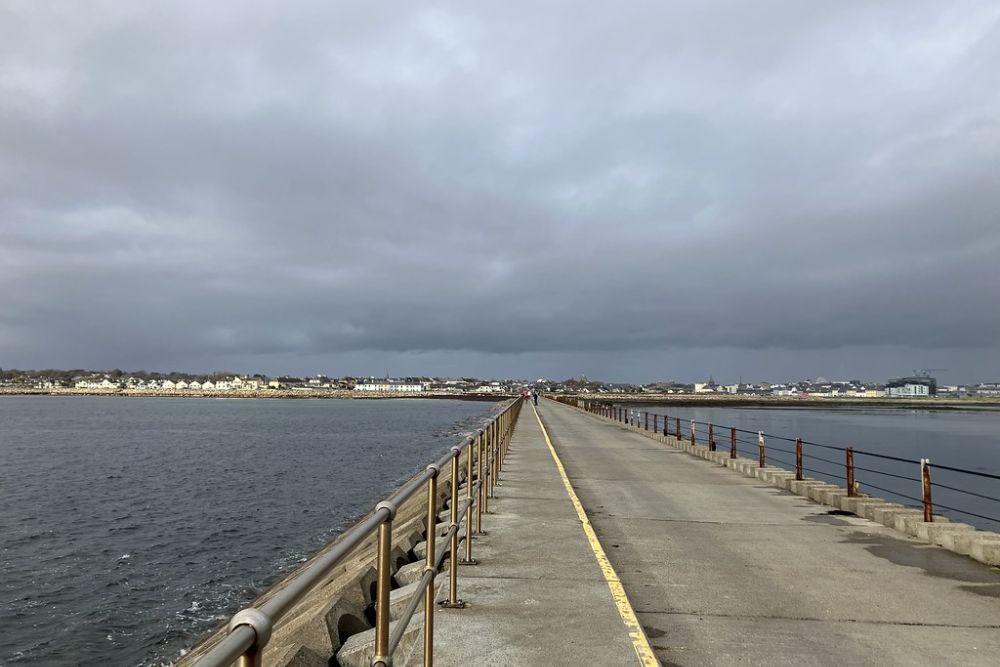
Though connected to Galway City by a causeway, Mutton Island preserves Gaelic through lighthouse-keeping families who maintained Irish as their domestic language through generations of government service. The island’s maritime traditions include Irish terminology for different types of lighthouse equipment and maintenance procedures passed down through families.
Local knowledge about tidal patterns and weather forecasting continues in Irish, using traditional vocabulary that captures subtleties invisible to modern meteorological terminology. The island’s location creates unique language situations where residents can observe both traditional Gaelic-speaking communities and modern urban English environments from their isolated perspective.
Like Travel Pug’s content? Follow us on MSN.
Beginish
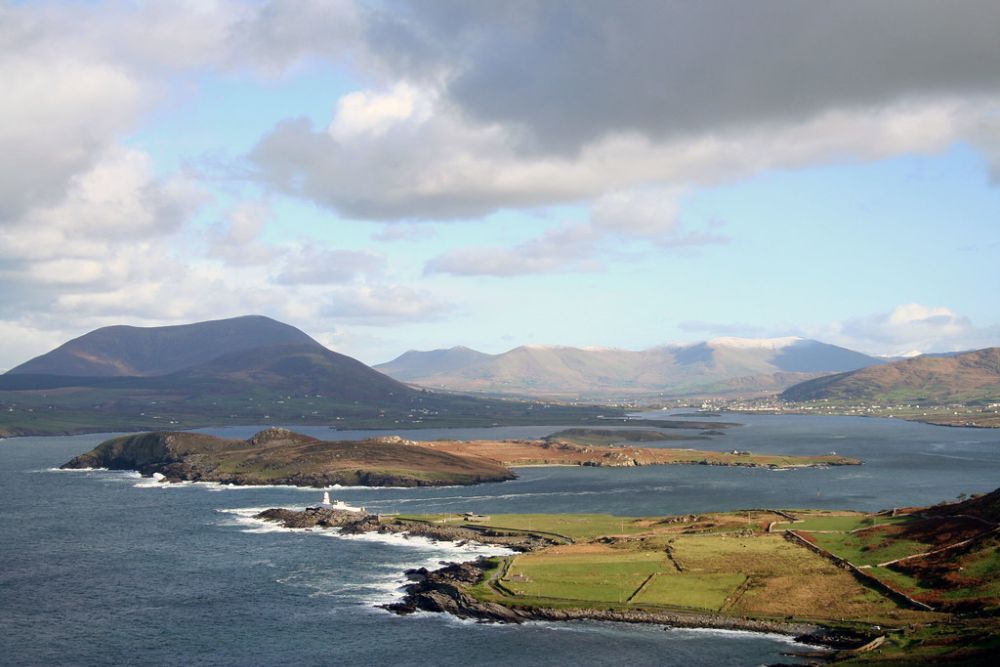
Off the Kerry coast, Beginish maintains its Gaelic heritage through local boatmen who use traditional Irish names for the currents and underwater features that make approaching this island particularly challenging. The island’s archaeological sites include early Christian settlements discussed in Irish using traditional vocabulary for different types of stone construction and religious practices.
Traditional stories about the island’s history are preserved in Gaelic, maintaining oral traditions that connect contemporary communities with ancient monastic cultures. The island’s bird populations are identified using Irish names that reflect local knowledge about migration patterns and ecological relationships specific to this Atlantic location.
Dursey Island
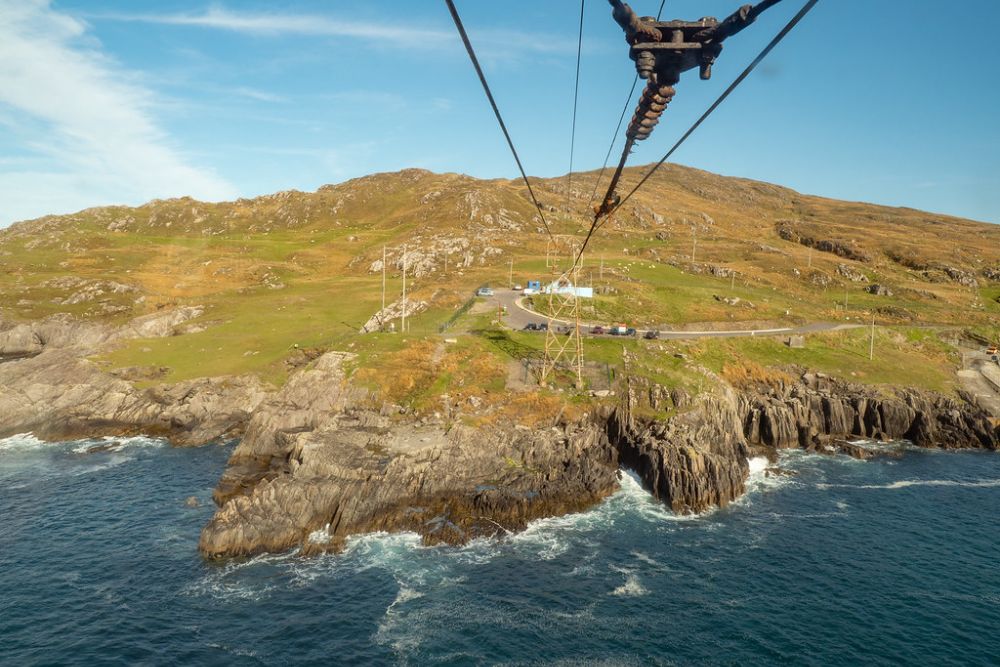
Connected to the mainland by Ireland’s only cable car, Dursey Island maintains Gaelic through farming families who use Irish for discussing traditional cattle management on Atlantic island pastures. The island’s isolation creates natural language immersion environments where residents communicate in Irish without outside interference for extended periods.
Traditional knowledge about weather patterns and seasonal changes continues in Gaelic, using vocabulary that captures environmental subtleties essential for island survival. The island’s unique transportation system creates situations where Irish conversation continues uninterrupted during the cable car journey, maintaining linguistic continuity between the island and mainland Gaelic communities.
Bear Island
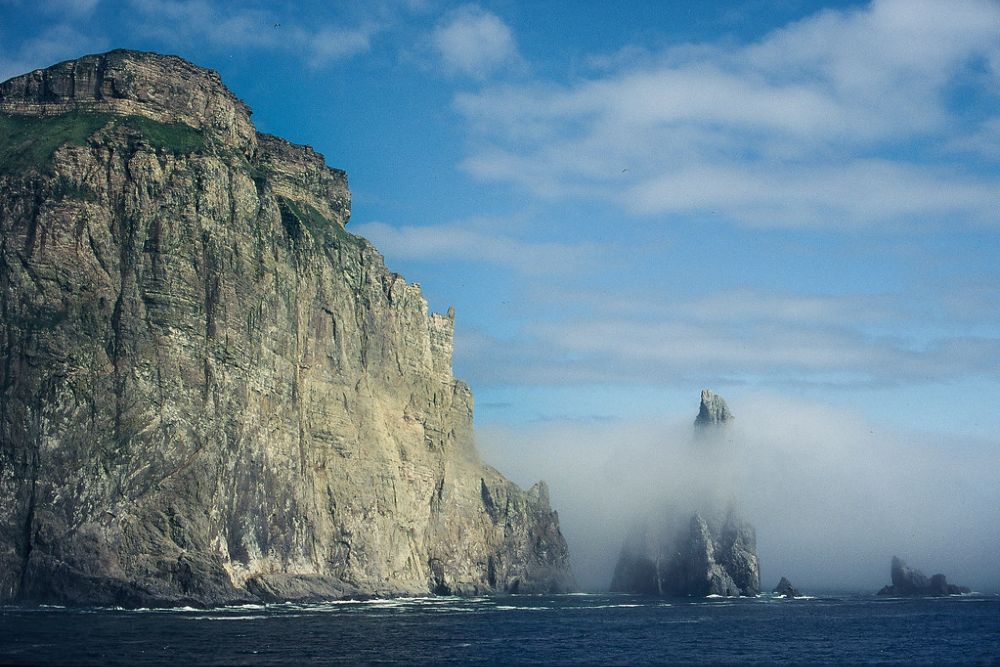
Located in Bantry Bay, Bear Island preserves Gaelic through fishing families who use traditional Irish terminology for navigation and weather forecasting in these sheltered but complex waters. The island’s maritime culture maintains Irish vocabulary for different types of boats and fishing equipment adapted to local conditions.
Traditional songs and stories about the island’s history emerge in Irish during community gatherings, preserving cultural knowledge that exists only in the ancestral language. The island’s strategic location creates unique situations where residents encounter both traditional Gaelic speakers from other islands and modern English speakers from the mainland, requiring constant language adaptation.
Like Travel Pug’s content? Follow us on MSN.
Whiddy Island

In Bantry Bay, Whiddy Island maintains Gaelic through traditional families who use Irish for discussing the island’s agricultural cycles and seasonal patterns. The island’s oil terminal creates unusual situations where traditional Irish speakers interact with international workers, often teaching basic Gaelic phrases to temporary residents.
Local knowledge about the bay’s tidal patterns and weather conditions continues in Irish, using traditional vocabulary that proves more precise than modern alternatives. The island’s dual identity as both a traditional Gaelic community and a modern industrial site creates unique language preservation challenges and opportunities.
Sherkin Island
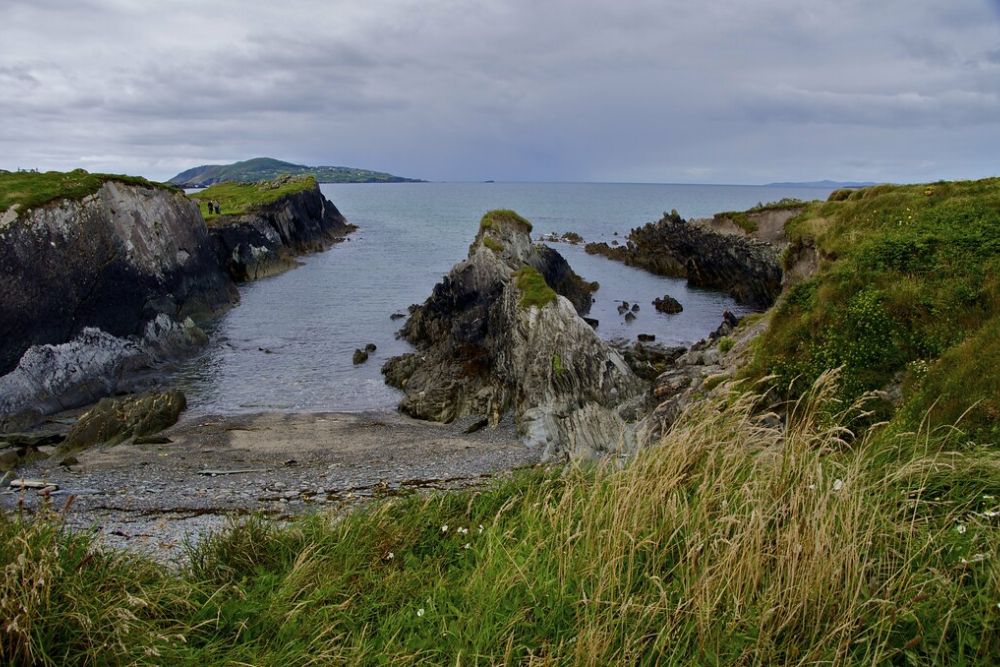
Off the Cork coast, Sherkin Island preserves Gaelic through artistic communities who use Irish for discussing traditional crafts and creative practices rooted in island culture. The island’s marine research station creates opportunities for traditional Irish speakers to share ecological knowledge with international scientists, often requiring translation of traditional terms for local species and environmental conditions.
Traditional music sessions happen in Irish, maintaining cultural contexts that give depth to musical performances and community bonding. The island’s combination of traditional Gaelic speakers and educated newcomers creates dynamic language situations where the Irish continue to evolve while maintaining their essential character.
Rathlin Island
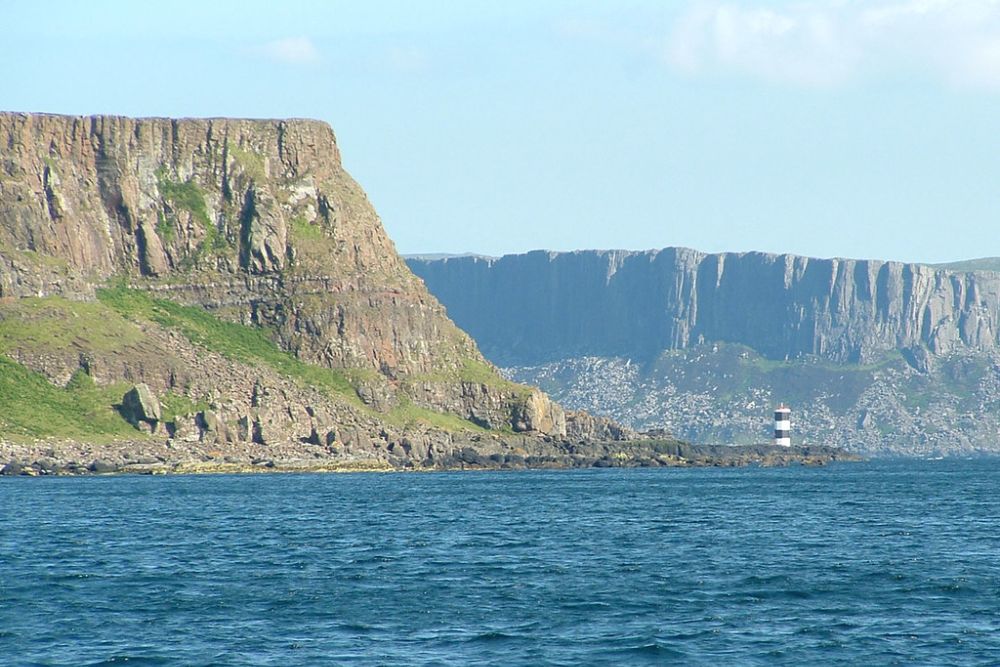
Though technically in Northern Ireland waters, Rathlin Island maintains strong connections to traditional Irish Gaelic through cultural exchanges with the Republic of Ireland Gaeltacht communities. The island’s isolation has preserved distinctive dialectical features that reflect historical connections between Ulster Irish and other regional varieties.
Traditional fishing knowledge continues in Irish among older residents, using vocabulary for local species and fishing techniques that predate English influence. The island’s unique political situation creates opportunities for language preservation efforts that connect traditional speakers across modern political boundaries.
Like Travel Pug’s content? Follow us on MSN.
Voices Across the Water
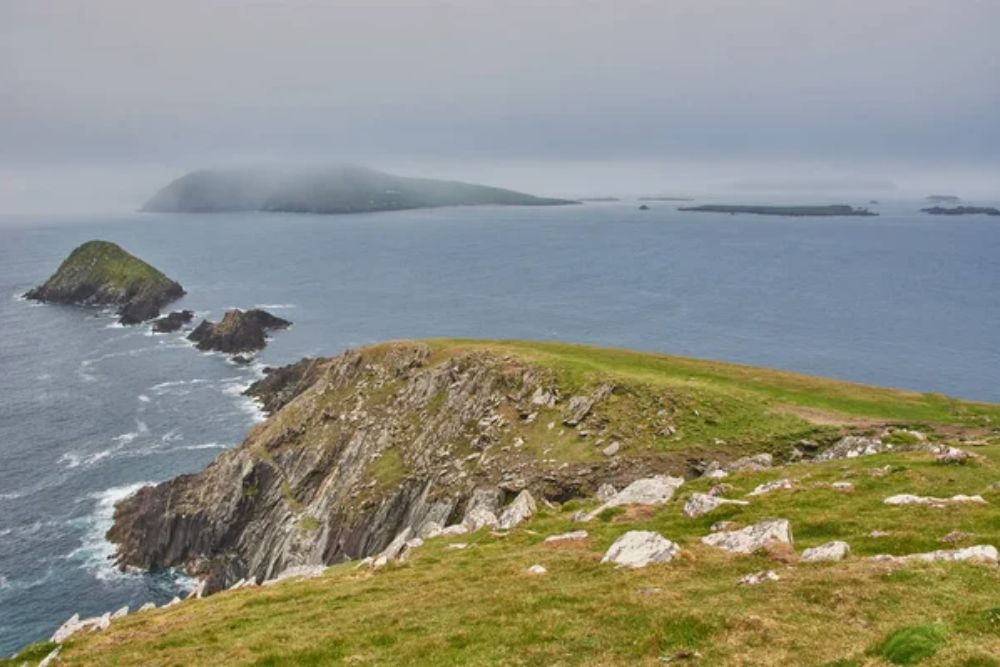
These Irish islands represent more than geographical locations—they embody living communities where the Irish language continues to evolve and adapt while maintaining its essential connection to place, culture, and identity. The residents of these Atlantic outposts have proven that linguistic heritage can thrive in the modern world when communities remain committed to passing their ancestral voices to new generations.
Their continued use of Gaelic demonstrates that islands can serve as bridges rather than barriers, connecting contemporary Ireland with its deepest cultural roots through the simple act of daily conversation.
More from Travel Pug

- 20 Best Beach Towns in the Carolinas
- 13 Destinations Where Tourists Regularly Regret Their Trip
- 20 Things You Actually Get in First Class
- 20 Small Airports With Aviation Museums
- 20 Places in the U.S. That Are Perfect for a Reset Trip
Like Travel Pug’s content? Follow us on MSN.
